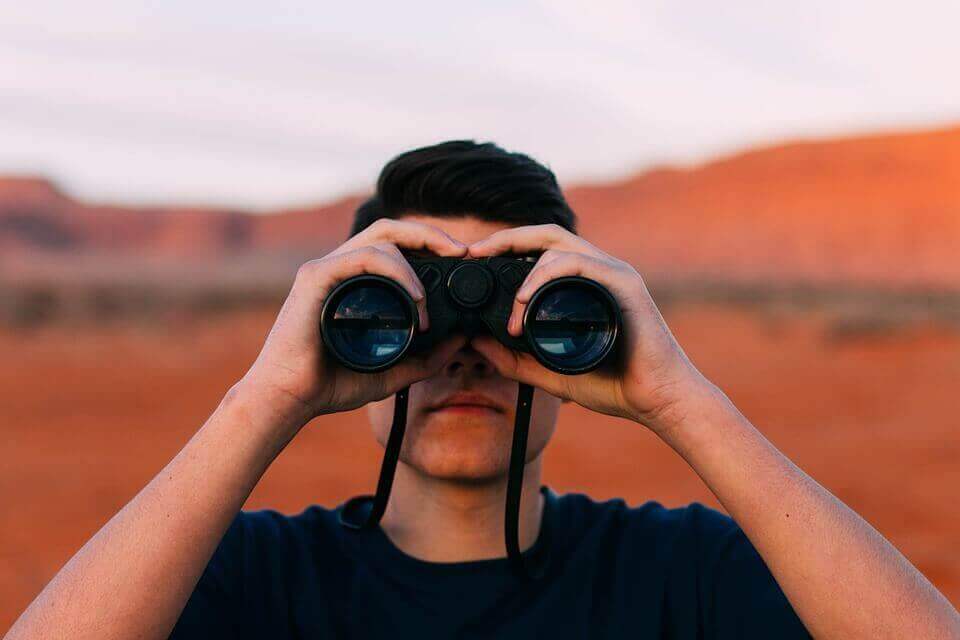What’s going to happen tomorrow, what’s going to happen next week?And in a year’s time, what does the future hold?Difficult question, not to say impossible to answer. By definition, the future is what did not happen, and that is why it is full of uncertainty, with a doubt that prevents us from being sure of something, is it possible to reduce uncertainty?
Of course, uncertainty can be reduced, although it cannot always be completely eliminated, although there are pseudosciences and other arts that guarantee to know the future, generally offer very vague information so as not to make mistakes, if they assure us that tomorrow It will be a good day, chances are it will be a good day because our attitude will be positive in the face of uncertainty. But this, even if it changes our attitude and reduces uncertainty, is not a realistic prediction of the future.
- Assuming the future is unpredictable.
- Isn’t it possible for science to really know what’s going to happen?because the future is full of uncertainties.
- And the best option to find out is to reduce that uncertainty.
- To do this.
- An alternative is to make different predictions.
- Imagine we don’t know how the weather will be tomorrow.
- But we trust our intuition and conclude that everything will be fine.
- However.
- Even if it hasn’t rained for several months.
- On this day a storm can hit and ruin our plans to go to the beach.
If we had created a Plan B (if the weather was nice, I would go to the beach; if it rains, to the museum) our plans would not have been ruined (we wouldn’t have that feeling). Imagining different options for the future is one way to reduce uncertainty. By reducing uncertainty, we will be better prepared to face the unknown, no matter what.
To predict the future and reduce uncertainty, we don’t need to know what’s going to happen, what we have to do is think about what might happen, imagine all the possible options that could become reality and rule out the most unlikely ones on the basis For example, we might think it might be sunny, rainy, snowy, cloudy, etc. , however, depending on the current temperature , humidity, geographic location, etc. , we could exclude some of the options and assign more or less probability to others.
A common, and sometimes unconscious, practice that we use to reduce uncertainty is the use of standards. Experience teaches us that certain events tend to be repeated when circumstances are good. The more experience there is, the more true these models are. .
These models are generally useful, especially when we know the causes and effects. We know that if we throw a stone at someone else, we’ll hurt them. If, moreover, we know that the damage will depend on the size of the stone and the force with which we throw it, we can modulate these variables according to our interests. However, as a rule, we should not throw stones at anyone, this is just an example.
“I’m interested in the future because that’s where I’m going to spend the rest of my life. “Woody Allen-
Similarly, these models also serve to explain our behavior, however, it is so varied and changing that it is difficult to know all the variables that influence it, making a joke with another person can make you laugh or offend you. joke and the person laughs, can always laugh with similar jokes. What if he doesn’t have a good day?I probably wouldn’t laugh. Standards don’t always offer good predictions, as unexpected feelings and events can balance all projects.
Faced with the problem of predicting the future, forward-looking discipline has emerged, prospective is the discipline that studies the future to understand it and be able to influence it, everything we can know about the future, the least interesting is what will happen, the really important thing is how and above all why. Prospective can be understood as a tool to manage uncertainty, reduce uncertainty.
The prospective seeks to understand the causes and sequence of events that can make it one of the possibilities that ultimately determine the future, so the prospective does not make predictions, it does not serve to predict the future, but seeks to explain it. that happens, but why it’s going to be one way and not another. And finally, try to change it before it happens. Even if the future is uncertain, we can always reduce uncertainty so that at least it doesn’t catch us off guard. .

